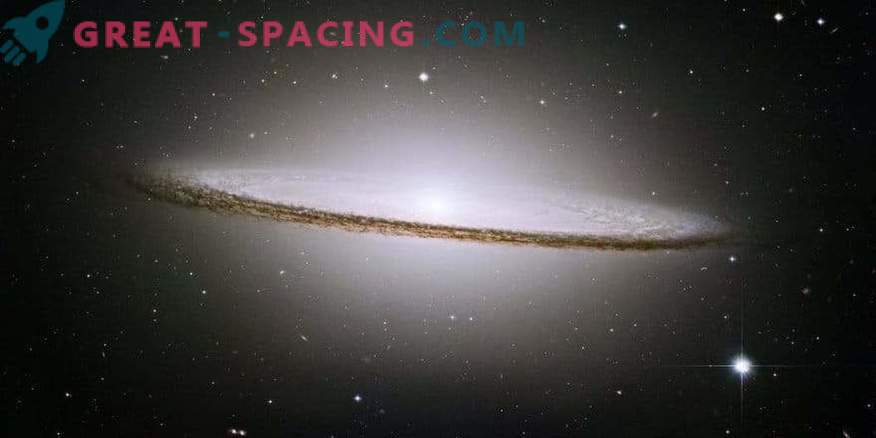
Sombrero-sized galaxies will be able to provide scientists with the first idea of merging a pair of supermassive black holes. This is a large galaxy in which it will be possible to find gravitational waves.
A new study predicts that gravitational waves created by the merging of supermassive black holes can be found in the next 10 years. The conclusion is for the first time based on real information, not computer models.
Gravitational waves from such events are considered the most powerful in space. First observed by the LIGO Observatory in 2016. The study of the fusion of supermassive black holes allows us to consider the development of massive galaxies and black holes.
These objects live in the centers of large galaxies, including ours. On the mass in millions and billions times ahead of the sun. But the holes found so far in the merger events surpassed our star only a few dozen times.
As two galaxies approach each other, their centers also merge, creating powerful gravitational waves pulsing through space and time. Despite their power, the waves still lie outside the capabilities of LIGO and Virgo. The new method proposes to use for hunting pulsars, producing radio waves in a certain rhythm. Gravitational waves compress and stretch the space between the Earth and the pulsar, so the rhythm changes.
Now three projects are following such signals: the Parks timeline (Australia), the North American nanohertz observatory for gravitational waves and the European pulsar array of time.
Scientists were able to analyze the nearest galaxy for the presence of a pair of supermassive black holes. The port brought these data to the map of the nearest pulsars in order to find the future source. Thus, there was a 100% chance of finding an event within 10 years.
It is also important to understand that large holes merge faster, reducing the time to search for gravitational waves. For example, for a massive galaxy M87 it would take 4 million years, but the Sombrero - 160 million years.
Researchers are interested in studying gravitational waves, because they allow a better understanding of fundamental physics. Also, these events mark the number of galactic mergers and demonstrate the evolutionary path of the Universe.











































